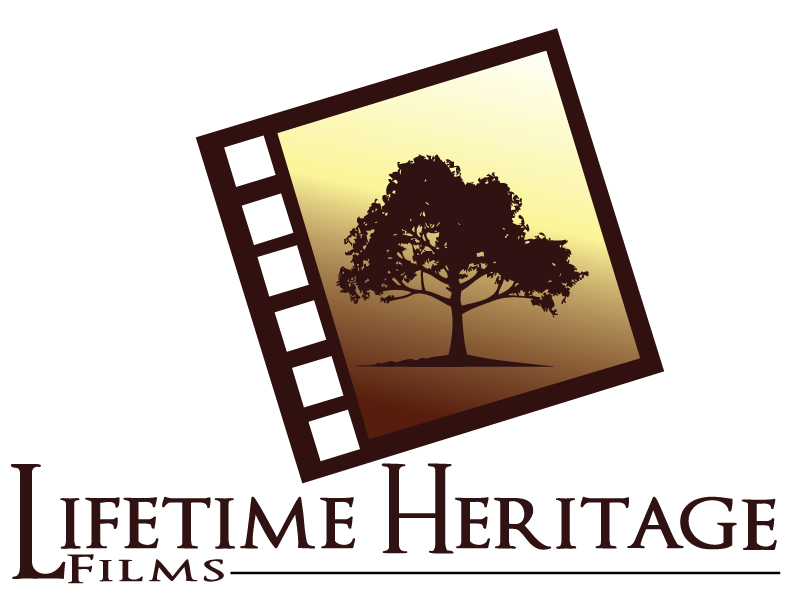A few months ago a customer, Kieran McGreal of Vancouver, wrote a testimonial that I'd like to share.
"Lifetime Heritage Films did a wonderful job scanning my Super 8 film into HD.
I had previously overpaid a company to do low-res video transfers using outdated telecine techniques. The results were akin to someone projecting my film onto a dirty bath towel, and then videotaping the projection with an early 90's camcorder. Having never shot Super 8, I just assumed that's what it was supposed to look like. Wrong.
Suffice to say I was blown away when I got my scans back from LHF.
My Ektachrome looked like what I would expect from Ektachrome;
Instead of a washed out, blown out mess, I finally got to see the robust latitude of my film. The difference was so comically extreme that I had to include screen captures."










